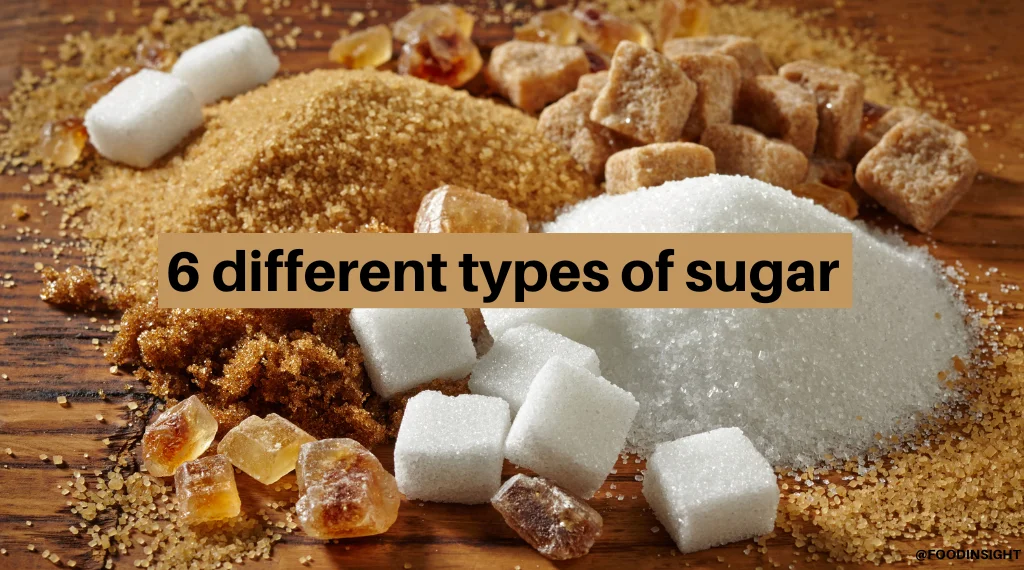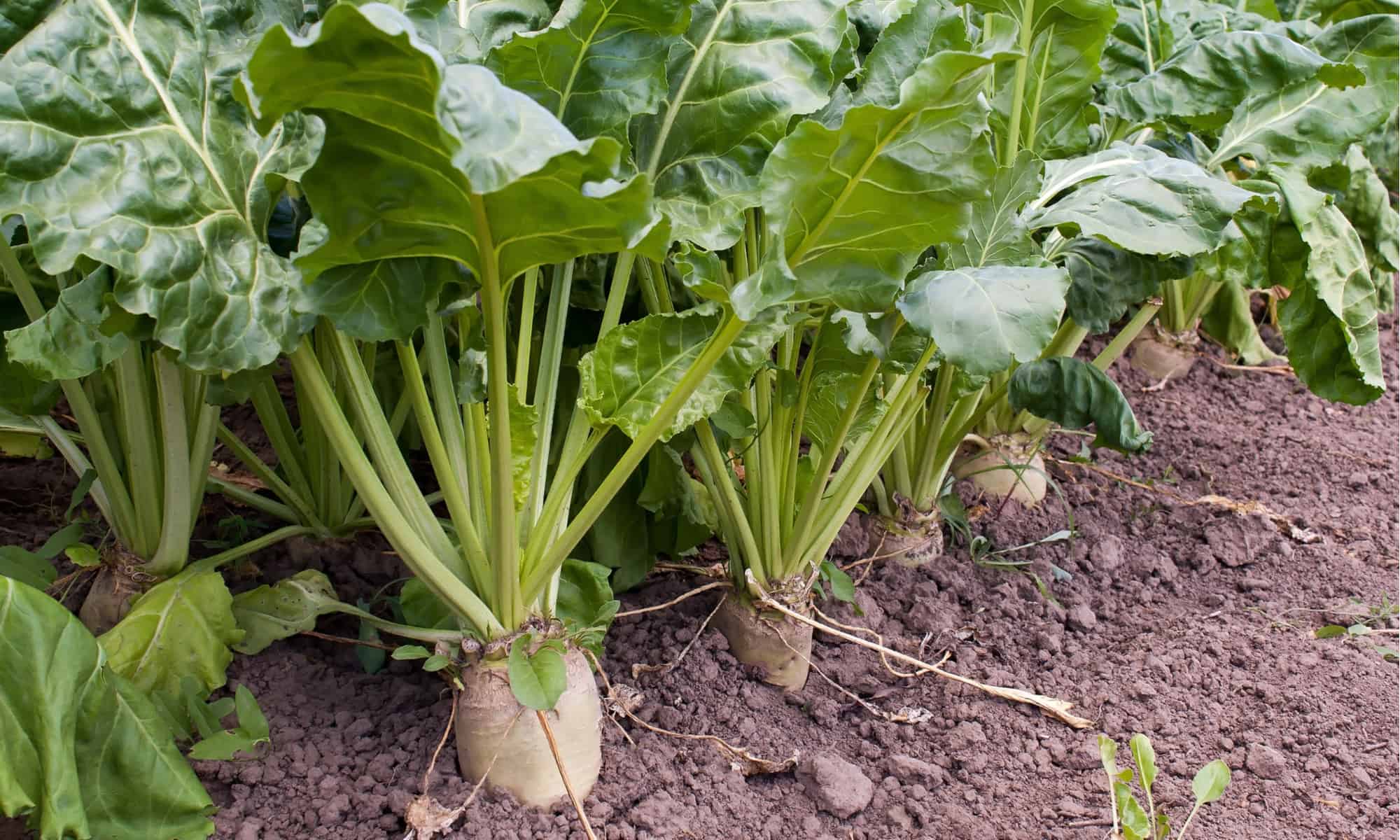The debate on beet sugar vs cane sugar often centers around processing methods and nutritional content.
Discover the Uses and Perks of Beet Sugar Vs Cane Sugar in Your Daily Diet Regimen
Discovering the distinctive high qualities of beet and cane sugar exposes even more than simply their sweetening abilities; it highlights their special effects on wellness and cookeries. Beet sugar, understood for its refined flavor, is often favored in delicate desserts, whereas cane sugar, with its hint of molasses, includes splendor to robust meals. Each kind holds its own nutritional account and glycemic ramifications, welcoming a much deeper understanding of their functions in a balanced diet plan and sustainable usage methods.
Beginning and Manufacturing Processes of Beet and Cane Sugar

The distinct climates and dirt types required for growing sugar beets and sugarcane add to distinctions in their farming methods and geographic distribution, influencing the business economics and sustainability of their manufacturing. beet sugar vs cane sugar.
Nutritional Comparison In Between Beet Sugar and Cane Sugar
Regardless of stemming from various plants, beet sugar and cane sugar are nutritionally very comparable, both primarily being composed of sucrose. Each gives concerning 4 calories per gram, translating to roughly 16 calories per teaspoon. Structurally, both sugars are made up of about 99.95% sucrose, with minimal amounts of various other substances like wetness and trace minerals, which do not significantly change their nutritional accounts.

Ultimately, when selecting between beet sugar and cane sugar based upon dietary content alone, both offer the same benefits and disadvantages as they are basically kinds of the exact same particle-- sucrose, providing quick energy without other nutrients.
Influence On Health And Wellness: Glycemic Index and Caloric Content
Exploring better official source right into Read More Here the effects of beet sugar and cane sugar on wellness, it is necessary to consider their glycemic index and calorie web content. Both sugars are categorized as sucrose, which includes sugar and fructose. This structure leads them to have a similar influence on blood sugar levels. The glycemic index (GI) of both beet and cane sugar is around 65, categorizing them as high-GI foods, which can create quick spikes in blood sugar degrees. This is a critical element for individuals taking care of diabetes or those trying to stabilize their power levels throughout the day.
Each type of sugar has about 4 calories per gram, making their calorie content matching. For those keeping track of calorie intake, particularly when handling weight or metabolic health conditions, recognizing this equivalence is crucial (beet sugar vs cane sugar). Extreme intake of any high-calorie, high-GI food can contribute to wellness issues such as weight problems, heart condition, and insulin resistance.
Environmental and Economic Considerations of Sugar Production
Beyond health impacts, the production of beet and cane sugar also raises significant environmental and financial concerns. Sugar beet cultivation tends to require cooler environments and has a lower geographical impact compared to sugar cane, which flourishes in tropical regions.
Additionally, using chemicals and plant foods in both beet and cane sugar growing can cause soil degradation and pollution, more influencing biodiversity and regional water bodies (beet sugar vs cane sugar). The selection in between growing sugar beet or cane often depends upon local environmental problems and economic elements, making the sustainability of sugar production an intricate problem
Culinary Applications and Flavor Distinctions
While the ecological and economic aspects of sugar manufacturing are undoubtedly significant, the choice in between beet and cane sugar likewise affects see page cooking applications and taste accounts. Beet sugar, obtained from the sugar beet plant, is known for its incredibly neutral preference. This makes it a versatile active ingredient in cooking, where it does not alter the flavor of various other parts. It liquifies swiftly and is optimal for use in cakes, cookies, and breads.
Walking stick sugar, removed from sugarcane, often keeps molasses traces, which pass on a distinct splendor and deepness. The minor variant in dampness web content in between beet and cane sugar can influence the appearance and consistency of dishes, making cane sugar a preferred option for particular recipes that benefit from its special residential or commercial properties.

Final Thought
To conclude, both beet and cane sugar have distinct origins and manufacturing procedures, offering comparable dietary accounts with slight distinctions in salt material and flavor. While their influence on health, specifically pertaining to glycemic index and calories, is similar, the option in between them frequently comes down to ecological, economic factors, and details cooking requirements. Understanding these facets can assist consumers in making informed decisions that straighten with their health and wellness goals and taste preferences.